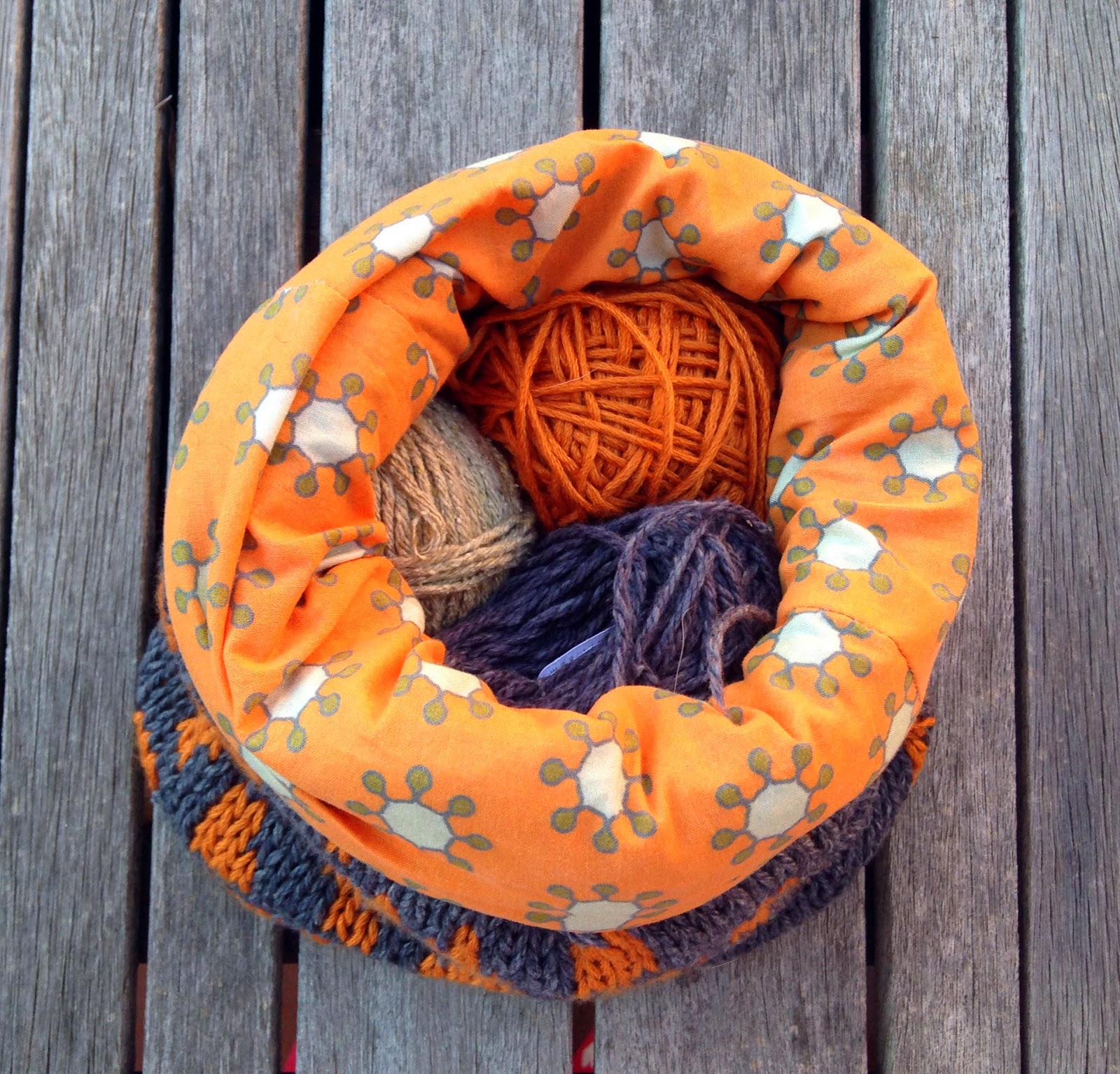Every
year for Christmas, instead of giving one big gift, my sister and I fill each
other’s stockings. We usually try to make it a theme stocking and they, of course, have many things associated with knitting: patterns, notions, yarn, etc. This
year my theme for my sister’s stocking was spice. It was fun coming up with
different things for her like spiced lip balm, exotic cooking spices, spice
colored yarn.
I
also wanted to design her an original pattern in the theme. My sister loves
mitts. She has knit a lot of them. They are her relaxing knit that provides
quick satisfaction. So, I decided to design some quick mitts for her. I knew
that I wanted to incorporate a more obscure spice, juniper berries. For my
wedding, I had juniper and berries in my bouquet and my sister embroidered
juniper and berries in white silk on my white wedding dress. I even had juniper
jewelry. I think it is time I give back for her time embroidering juniper with
some juniper berry mitts.
So,
last month I swatched a couple juniper berry motifs that I created.
I
liked the right hand one best and incorporated that into a mitt. They turned
out very cute. The juniper berry motif is subtle but I like it. They are fun to
knit and now I can publish the pattern now that my sister has already seen it.
And of course, I was inspired by my lovely Utah environment! Juniper is everwhere.
The
Utah Juniper (Juniperus
osteosperma) is the most dominant species of
tree in Utah; they cover nearly one-fifth of the state. They are also very
hearty and can live to be 650 years old. Juniper berries are the female seed
cone (not a true berry) with unusually fleshy and merged scales making it look
like a berry. The berries can be dried and made into beads for jewelry and are
also deliciously eaten by jackrabbits, foxes, coyotes and people.



























